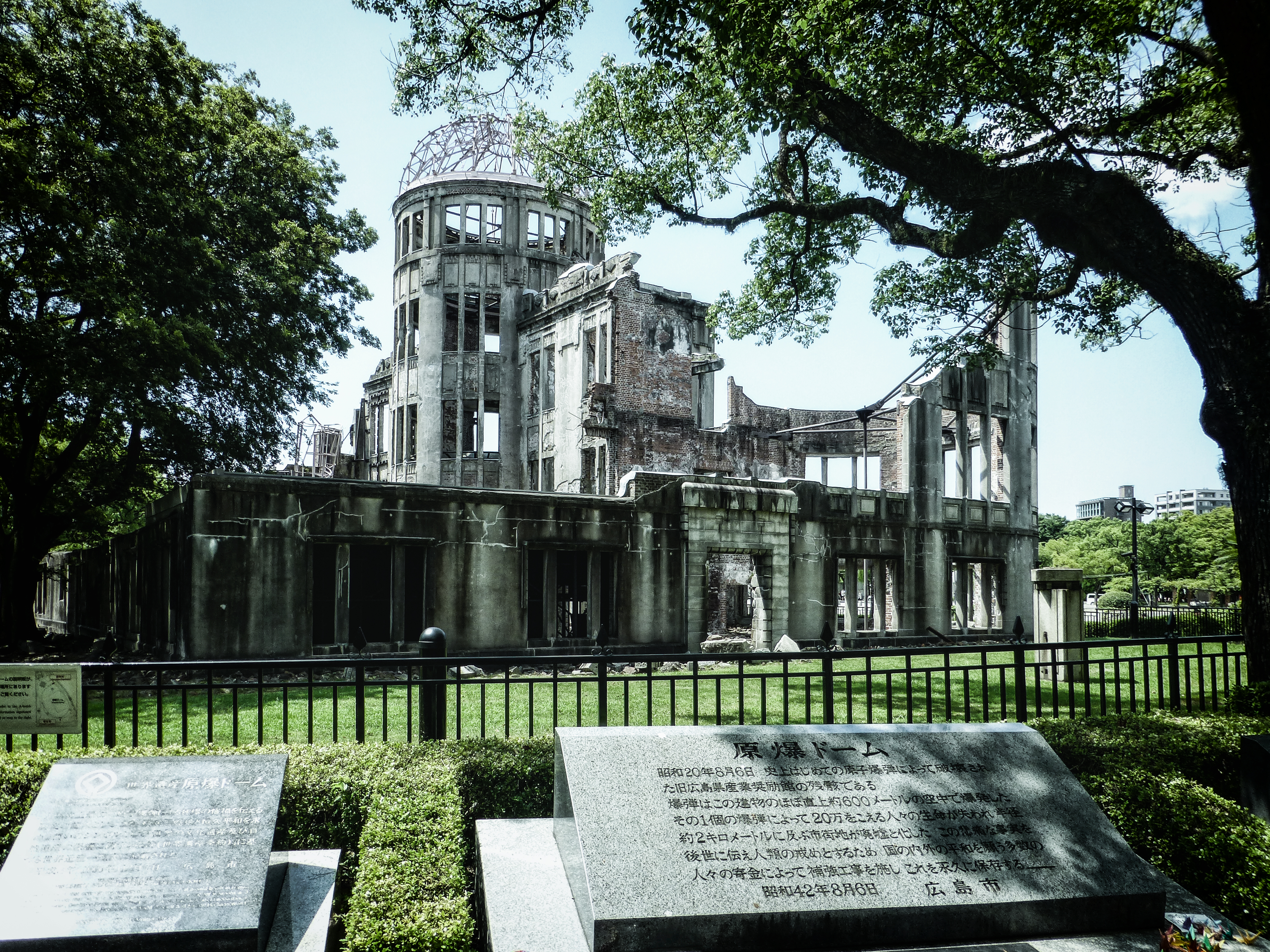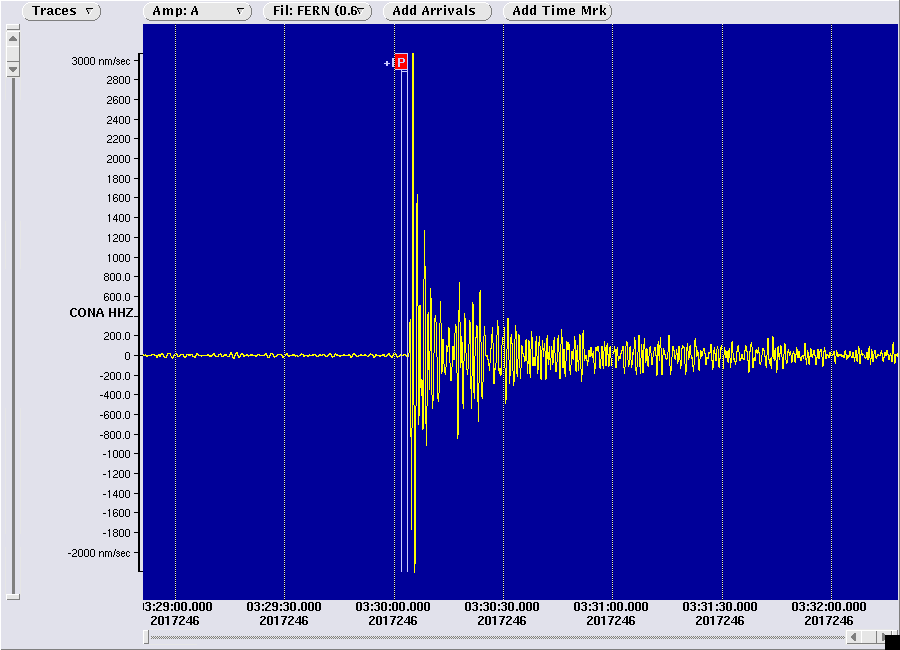80 years: Attack on Hiroshima and Nagasaki
‘I have examined Man's wonderful inventions. And I tell you that in the arts of life man invents nothing; but in the arts of death he outdoes Nature herself, and produces by chemistry and machinery all the slaughter of plague, pestilence, and famine.’ The Devil speaking in Don Juan in Hell, Act III of Man and Superman by George Bernard Shaw, 1902.
Just three weeks after the Trinity nuclear test was carried out, the first atomic bomb in history exploded over Hiroshima 80 years ago on August 6, 1945. The bomb, codenamed “Little Boy”, was developed as part of the Manhattan Project led by Robert Oppenheimer. The bomb exploded at a height of around 600 meters and its explosive force was 13 kilotons of TNT equivalent. 70,000-80,000 people were killed immediately, while others died from the after-effects.
Three days later, on August 9, 1945, the second (and until now, last) atomic bomb called ‘Fat Man’ with an explosive force of 21 kilotons of TNT equivalent was dropped on Nagasaki. Various sources report 20,000-40,000 casualties.
The world's first nuclear test - Trinity - took place 75 years ago on July 16, 1945 in the Alamogordo Desert in New Mexico. It was carried out as part of the Manhattan Project, in which ‘Little Boy’ was also developed. Nuclear armament began after the end of the Second World War. To date, a total of eight countries have carried out more than 2,000 nuclear tests, 500 of which took place in the atmosphere or underwater. The first hydrogen bomb, ‘Ivy Mike’, was detonated by the USA in 1952. In 1961, the most powerful man-made explosion of a hydrogen bomb, the Tsar bomb, was carried out in the atmosphere in Novaya Zemlya (former USSR). Estimates of the bomb's explosive power yielded values of up to 60 million tons of TNT equivalent.
The archives of the Austrian Seismological Service contain seismic recordings from the Cold War era. A nuclear test carried out in 1973 (Novaya Zemlya) with a seismic equivalent magnitude of 6.9 was recorded with the analog Wiechert seismograph in Vienna.
Tests were also carried out by France, England, China, India and Pakistan. South Africa has also announced that it is in possession of six explosive devices. Official tests have not been carried out. It is suspected that Israel also possesses nuclear weapons. This assumption has neither been confirmed nor denied by Israel.
In the 1980s, the ‘Group of Scientific Experts’ (GSE) was founded at a disarmament conference. This group dealt with the possibilities of seismic verification of nuclear tests. Among the Austrian delegates to the GSE from 1981-1990 were Prof. Dr. Julius Drimmel and later, from 1991-1996, Dr. Gerald Duma, both employees of the former Department of Geophysics at the ZAMG (now the Department of General Geophysics and the Conrad Observatory). The aim was to establish a worldwide seismic network to monitor compliance with a future ‘Comprehensive Nuclear Test Ban Treaty’. Seismic signals caused by earthquakes are different from those caused by an explosion.
In the early 1990s, the Conference on Disarmament established an Ad Hoc Committee on a Nuclear Test Ban and gave it a mandate to negotiate the Comprehensive Test Ban Treaty (CTBT). The treaty was opened for signature in 1996. It stipulates that each signatory state agrees not to carry out nuclear weapons tests and to prevent such tests within its jurisdiction. In order to enter into force, the treaty must be signed and ratified by 44 states with nuclear capabilities. Austria ratified the treaty in 1998. Until the treaty enters into force, the so-called Article XIV conferences will take place in two-year cycles.
All necessary preparations for the effective implementation of the Treaty will be made by the Provisional Technical Secretariat of the Comprehensive Test Ban Treaty Organization (CTBTO). The preparations include supporting the Commission and the signatory states in carrying out their tasks. This requires the operation of a monitoring system (International Monitoring System - IMS) and the forwarding of the data obtained via a data center (International Data Center - IDC) to national institutions. In addition, a concept for an on-site inspection (OSI) must be in place by the time the treaty enters into force.
The International Monitoring System consists of more than 300 measuring stations worldwide. Four different technologies are used: seismics, hydroacoustics, infrasound and radionuclides. With these technologies, waves generated by an explosion can be measured in the ground, in the atmosphere and underwater if they have a certain strength. Calibration measurements were carried out in the course of experiments, which now ensure that an underground explosion of 300 tons of TNT can be detected and localized worldwide by the measuring network. Additional measurements of selected radionuclides allow the cause of the explosion to be clearly assigned, as an explosion does not necessarily have to have a nuclear background.
The CTBT provides that each Party can obtain data from a global monitoring system and link it with data from national technical means of verification in the course of consultation and clarification. This enables each contracting party to verify compliance with the treaty. This national verification is carried out by the National Data Centers.
The Austrian National Data Center (NDC-AT) was founded in 1999 at the ZAMG, and appointed by declaration as the national verification representative of the Federal Ministry for European and International Affairs (BMEIA). The NDC-AT team consists of seven employees who are familiar with the various monitoring technologies and work together on an interdisciplinary basis. In a forensic analysis, seismic and infrasound data are taken into account alongside source determination and radioactivity analyses. In addition to the verification tasks, the NDC-AT is also responsible for participating in working groups of the treaty.
In order to immediately collect and evaluate relevant seismic data and products from the International Data Center in the event of an incident, a warning system has been set up at the NDC-AT. The responsible employees of the earthquake service are informed of suspicious events by text message. In the event of a critical event, a report is sent to the national authority.
The Democratic People's Republic of Korea has also been demonstrating its nuclear capabilities since 2006. All events in the series of tests conducted were analyzed by the NDC-AT. Beginning in 2006, six suspicious events were observed at the Punggye-ri test site. The events were recorded worldwide by CTBTO seismic stations, but also by stations of the Austrian Seismological Service. The strongest and most recent event to date, roughly equivalent to an earthquake of magnitude 6.3, took place on September 3rd, 2017.
All six tests were recorded at the ‘CONA’ seismic station at the Conrad Observatory in Lower Austria. The seismic waves reached the station, located around 8000 km away, after just under 12 minutes and are clearly visible in the seismogram.
The precise analysis of this data showed that the critical event was definitely an explosion and not a natural seismic event. Seismic methods are generally not sufficient to identify the explosion as a nuclear weapon test, as it is not possible to differentiate between chemical and nuclear explosions on the basis of the registration. However, inn this case, the high magnitude indicates a nuclear source, as conventional chemical explosions have not reached this level of explosive energy to date.



